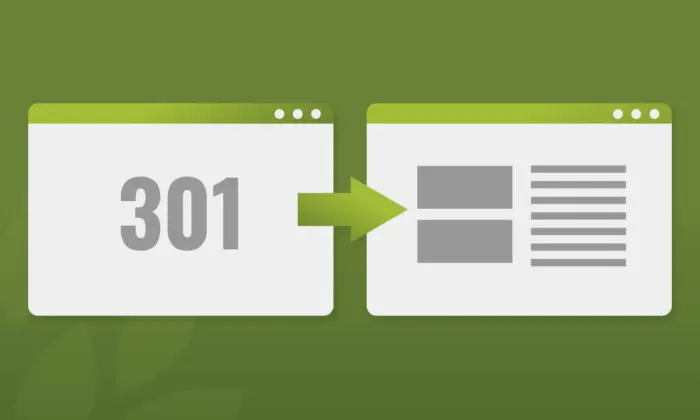As we know, a 301 redirect is considered a permanent redirect. You are redirecting page A to page B and have no intention of using page A anymore. This means that Google will transfer all the link juice and PageRank from page a to page B.
5 examples of when you’d want to use a 301 redirect:
When you move or change your website, people will use 301 when a page or a post will be moving to another place. When a website moves to a single-page website. The site can merge their contact us, About, Blog, and Subscribe pages into one.
All you need is to set the old URLs to redirect to your home page. When there’s a typo or a bad URL, sometimes the URL is just wrong.
Whether you had a typo or imported a post with an old slug format, this is a great time to use a 301 redirect.
performing an SEO audit:
If you notice that you have some non-optimized URLs, a 301 is your way to go. You could change any really long URL to something much more effective.
Branded redirects:
Exactly like URL shortening services and tracking URLs, you may want to take a malicious URL and want to turn it into something branded for your site.
Archive updates:
You could take old content, then try to refresh it and update it, or maybe you could rewrite it. As long as you publish it under a new URL, you could redirect the old URL on the same topic to it.
You can take the best fonts for 2016 and update them to the top 2026 fonts. Then you get the SEO authority of the first post while also boosting your new posts.
What is a 302 redirect?
302 redirect is temporary. Using a 302 redirect over a 301, you’re telling search engines that the page in question hasn’t moved, that it still exists, and that you’re just rerouting visitors for one reason or another.
Google’s spiders won’t try to re-index the target URL to replace the old one. There are far fewer use cases for a 302 than there are for a 301.
Here are 3 examples for when you use a 302 redirect:
When Testing a new site or design.
A site or page breaks for an unknown reason.
When your client or boss needs to give feedback on a feature or design.
Just remember that HTTP code 302 is not meant to be used over a long period of time.




